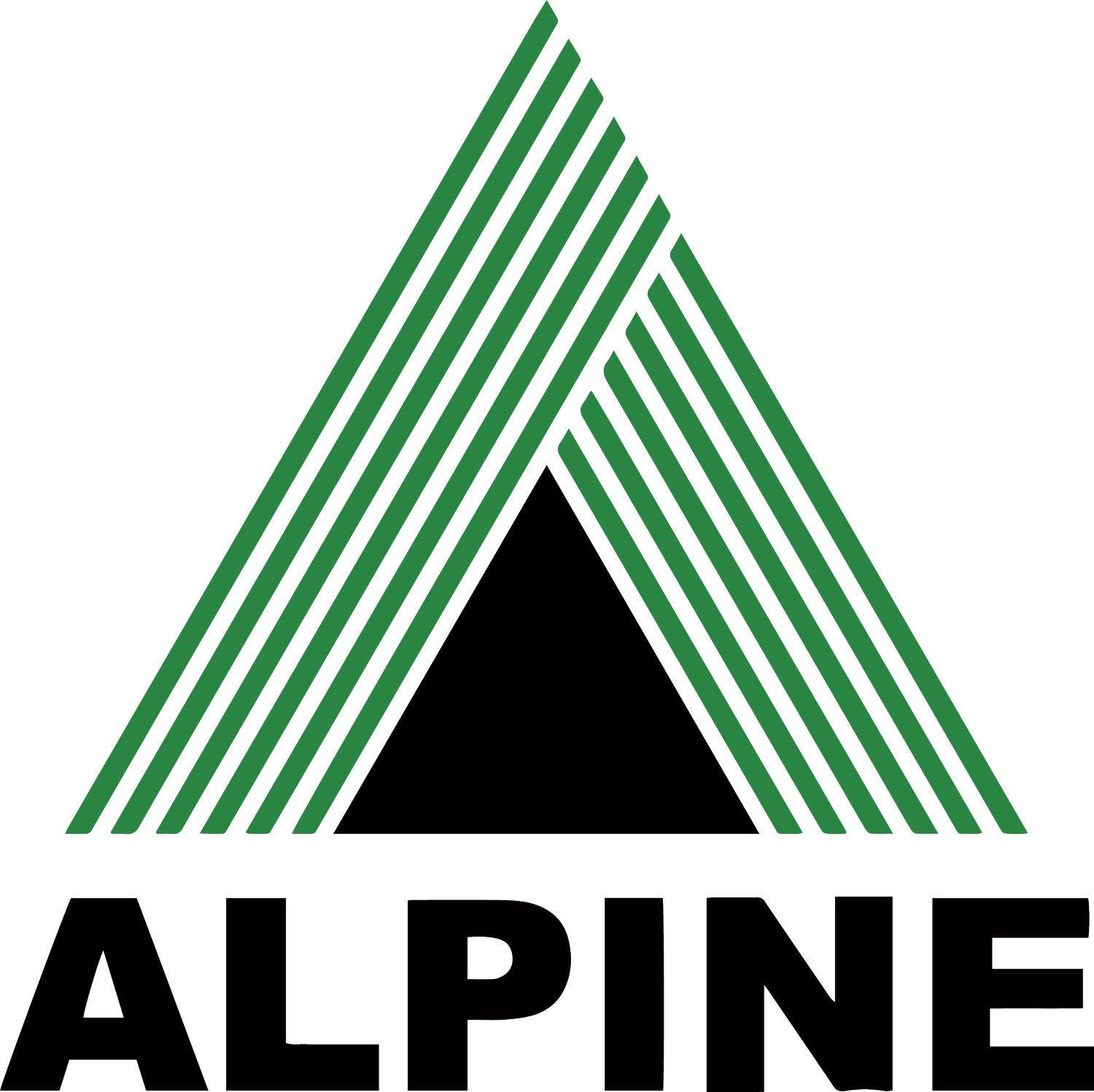
What an Alpine Pole Audit Can Do for You
Audits are an important part of utility pole network administration. Here’s how they work and why you should enlist Alpine and our experienced technicians to handle your audits for you.
What’s Included in a Pole Audit
Joint-Use
Before heading into the field, we meet with your GIS team and the person who handles attachment agreements to gain an understanding of the data they want us to collect and how they want it collected during the audit. Our technicians move from pole to pole, collecting the data and updating it in a live geodatabase.
In a standard joint use pole audit, the primary goal is to identify pole ownership and joint use attachers. This is done by checking pole tags, branded labels, and any other identifying markings, which can be compared to any permit records or GIS overlays we have.
What qualifies as a billable attachment varies by utility. We have some customers who count only the first drop attachment, while others want to know every single drop that's on the pole. We also verify whether a pole is concrete, wood, or steel, and whether it’s for distribution or transmission–all factors that can influence attachment prices.
Equipment Inventory
Developing an effective pole management strategy starts with a clear, accurate understanding of your assets. Many utilities lack complete or up-to-date documentation, and the presence of unauthorized attachments can make the picture even more complex and uncertain.
An Alpine pole audit typically includes features beyond just GPS, ownership, class, and joint use attachers. Alpine’s field engineers can shed light on aspects such as:
the presence of street lights and their size and type (e.g. mercury vapor)
the presence of any transformers and their size and status
the presence of switches and their types (e.g. cutouts, disconnects); and
the physical integrity, treatment quality, and structural soundness of wood utility poles via materials testing.
Double Wood Resolution
Double and even triple wood scenarios are common problems for utilities as they seek to harden and modernize their networks – third-party attachers delay transferring their lines and equipment to new poles.
An Alpine pole audit can identify double wood scenarios, create NJUNS tickets, update NJUNS tickets, and provide definitive attacher data to utilities seeking to reduce double wood scenarios on their network.
Digital Audit Findings
Back in the office, our QC team reviews 10-20% of the field work before passing all the data on to you. Depending on the utility, we may create a complete data set to be handed over all at once. For other customers, we may push live data into their system as we go.
For long-term customers with thousands of poles that we audit on a continuous basis, we deliver completed data packets on a rolling, monthly basis. We upload data in XML format to their website, and they incorporate the data into their system.
Benefits of an Alpine Pole Audit
Digital Audit Findings
Many utilities rely on multiple vendors to handle one each of the various pole audit elements. Alpine eliminates that complexity with a single, comprehensive pole visit. Our field teams capture all required data in one pass, reducing costs, minimizing disruption, and eliminating the headaches of coordinating multiple site visits.
Revenue Recovery
Unauthorized attachments—whether due to oversight, legacy buildouts, or rapid market expansion—represent missed rent and compliance risk. A pole audit helps utilities and attachers reconcile records, clarify ownership, and ensure fair billing across the network.
Improved Safety
Without proper engineering and windloading, unauthorized attachments can create unsafe conditions on or around a pole, from pole breakage to electrocution risks. Unauthorized attachments identified in an Alpine pole audit can be engineered and wind loaded retroactively to determine if alterations need to be made.
Potential of Zero Cost
Many joint use contracts include provisions that allow the pole owner to pass audit costs to attachers, sometimes with a markup for utility administrative processing. Alpine works within these frameworks to ensure transparent billing and defensible documentation for all parties.
FAQs
-
A: While audits themselves aren’t enforcement tools, they provide defensible documentation for regulatory compliance and cost recovery.
-
Absolutely. Audits cover all pole types and flag rust, grounding continuity, and structural degradation.
-
A comprehensive audit identifies unreported attachments, unauthorized users, and rate misapplications—allowing utilities to recover missed rent, enforce contract terms, and renegotiate joint use agreements with accurate data.

